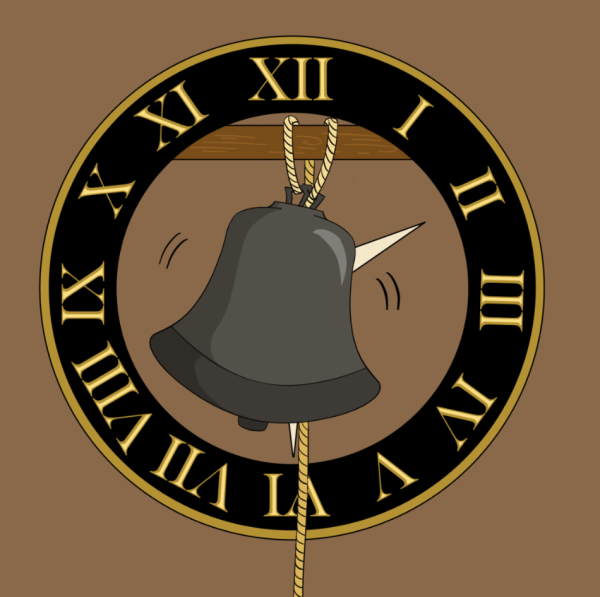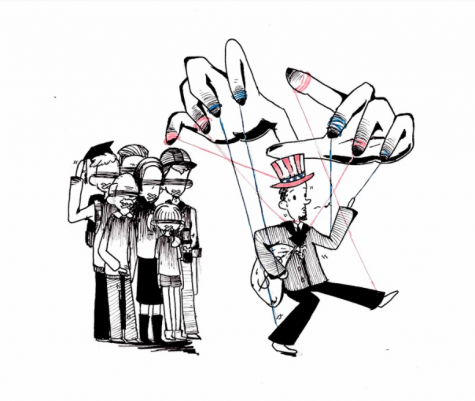A Beautiful Story
The New Twenty Dollar Bill
On April 20th, Secretary of the Treasury Jacob Lew announced huge changes to the face of the US dollar. The biggest change: sliding Andrew Jackson to the back of the $20 bill, and putting Harriet Tubman on the front.
The announcement came as a surprise. Everyone had expected Alexander Hamilton to be replaced, not Andrew Jackson. However, Hamilton was saved by the award-winning Broadway musical, and the pairing of Tubman and Jackson tells a much more powerful story about this nation.
The dollar has long been a storytelling medium. Until the Civil War, the United States had lacked a single national currency. Banks issued their own currency, and those banks were largely regulated by state rather than federal law. During the Civil War, Congress finally passed a series of laws that gave the country a single currency: the dollar. The government-backed dollar replaced banknotes as the only legitimate currency. But the dollar acted as more than just a uniform currency for this nation. It became one of the most visible symbols of national unity and trust in government. For a country emerging from civil war, this was a great symbolic power.
The new Tubman-Jackson bill tells a beautiful story as well, one that is more about national identity than national unity. In pairing the enslaver and the enslaved, the bill reveals a complex but true story. Jackson embraced a very radical vision of democracy for his time. Jacksonian democracy envisioned a fairer and broader economy for all.
Long celebrated for the triumph of the masses, Jacksonian democracy is a vital component of American politics. But Jackson’s vision of American democracy was built on white citizenship. He defended slavery and owned multiple slaves. He sought to purge this nation of its native American population.
That is why pairing him with the great Harriet Tubman is so brilliant. Tubman escaped enslavement at 27, then risked her own freedom and her life to help more than 70 others claim freedom as well. During the Civil War, she served as both a scout and spy for the Union Army. And when the war ended and slavery along with it, Tubman continued to work for the rights of women and African-Americans. She, much like Jackson had a great vision for democracy, one that included people of all races and genders. It was a vision similar but very different from Jackson’s.
By pairing Tubman and Jackson, the new twenty-dollar bill sacrifices none of this complexity. It celebrates two key figures of American democracy while criticizing the limits of Jackson’s vision.
The Tubman-Jackson bill offers a new symbol of nationhood, one where the ambiguities and tensions of American history and democracy are highlighted, not diminished. Looking at national symbols, which are almost always simple and celebratory, the new $20 bill is revolutionary. It serves as a tribute to historical complexity and offers a nuanced notion of national identity.












